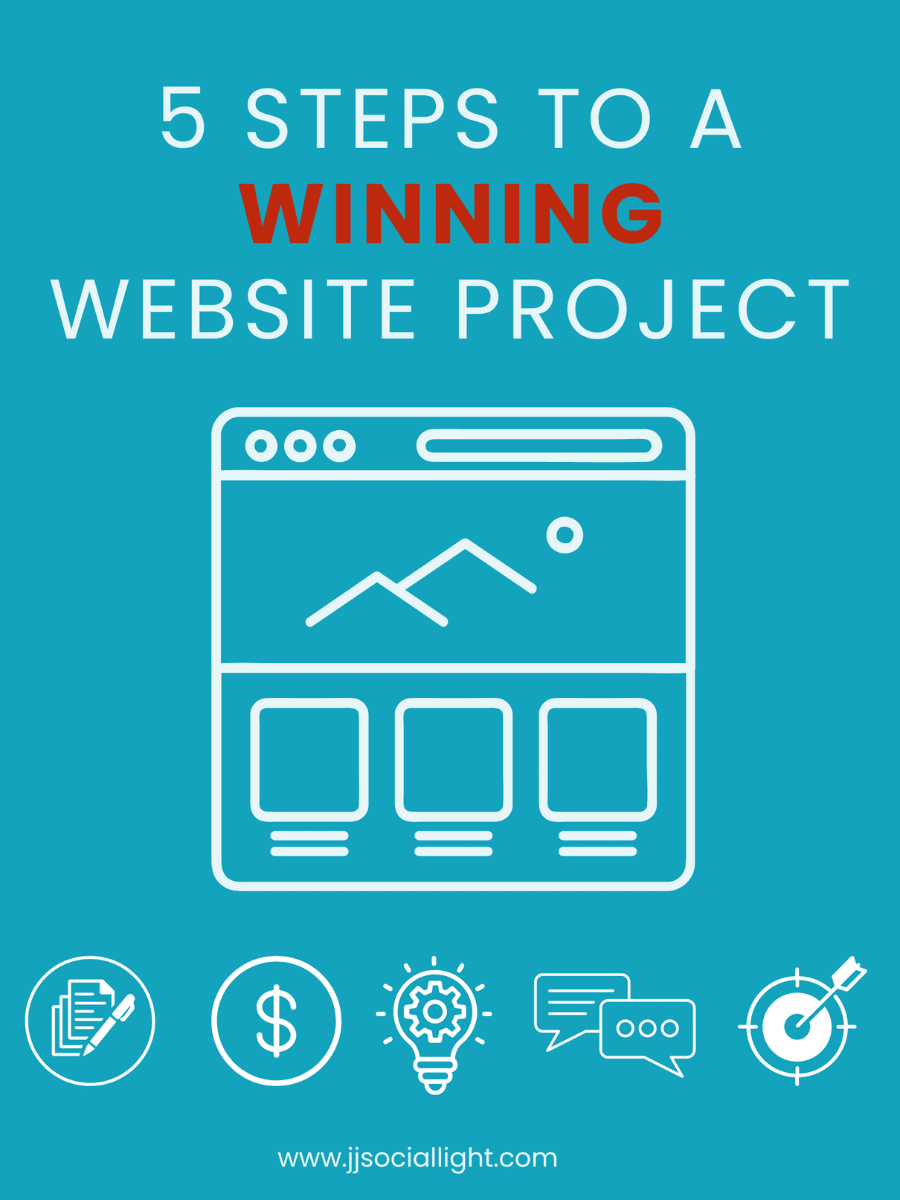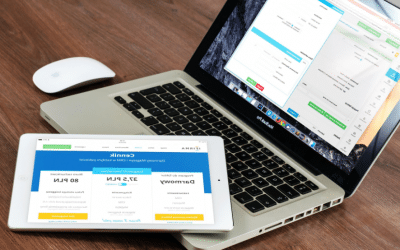Bloggers, startups and even established small businesses enter the digital world of websites and content creation with the lucrative aim of earning from it. Almost everyone with a website or digital presence of their own begs the question – can you earn a sizable income from your new website? Well, the answer to this question is a definite and resounding yes. But, as all good things do, the process will take you some time and require a lot of patience.
As influencer marketing and blogging become professions instead of hobbies to pass time, it is easy for everyone to assume that they can make money on the internet. All you think you need to do is start a blog, choose a frequent monetization strategy and watch as your bank balance shoots up.
Technically and based on past results, we can suggest that this is true. But a high majority of most new bloggers quit this line of work before they see the first dollars roll in. Out of the few that stick with their business, only 30 percent earn more than a meager $5,000 per year from their digital exploits.
This is because creating and designing a website is easy, but maintaining and consistently updating it requires a lot of unpaid labor, which may or may not give you the desired results.
However, if you are consistent with your postings, manage to build up an audience of loyal viewers, publish new and exciting content regularly, and find a relevant audience on social media, then you’re on the right path.
The only thing missing out of the recipe for digital success now is an appropriate website monetization strategy. And for that, we have you covered. In this article we mention some of the best and most reliable techniques to monetize your website. Follow these tips to compliment your hard work with some well-deserved money.
1. Start With Affiliate Marketing
Take a leaf out of the book of some of the most successful and highly grossing websites today and start your monetization campaign with affiliate marketing. As an affiliate marketer, you refer products to viewers and earn a commission from each referral that you make.
Each person that buys a product using the link you’ve mentioned on your website will earn a commission for you. The more visitors you attract, the more products you sell and the more products you sell, the better commission you earn.
Seems really simple, right? But there’s a caveat: you can only succeed with your affiliate marketing campaign if you:
- Disclose any affiliate relationships you have in your reviews and guides. Sleazy marketing does not work online.
- Recommend services and products relevant to your niche. Pick a niche that you’re good at and one with a sizable audience and promote products within it. Don’t just start reviewing random products from different niches.
- Do not go into a sales frenzy where you promote and market almost every product, in hopes of a commission. Nothing should be promoted without actual testing of the product at least.
Affiliate marketing helps you monetize your website and content in real-time. As long as you’re attracting the right audience and are pushing them into ‘action mode’, you have nothing to worry about.
2. Sell a Product Online
Selling products through your website online is an excellent way to earn money in a short time. You create a decent product, invest your time and money into it and start promoting it to the right readers to generate significant output.
Physical product sales require a lot of attention to detail, and you should be willing to do that at the start of your journey. Remember that you’ll be working as more than just a blogger here. Consider yourself an entrepreneur and take appropriate steps to keep the quality and logistics of your product intact. The last thing you want is for quality and delivery standards to fall just when you’re starting to make additional sales.
Besides physical products, you can also sell e-books, audio books, books, online courses, manuals and a lot more. Start by picking an area or niche that you excel in and use your expertise in that niche to craft products that’ll sell to your customers.
The e-learning market is well over the $325 billion mark today and you can become a part of it as well by launching a similar guide or service.
3. Start a Website With Paid Membership
Starting a paid membership website is another potential way to monetize your website. For this to work, it is necessary for your website to offer value to subscribers and to also have a quality look. A website that requires membership fees should look the part. Your website theme should be spruced up and all other details should ideally be covered.
The most popular and convenient membership site models include:
- Organizing counseling and coaching sessions to students. Online counseling should be provided by experienced professionals and experts of their relevant field.
- Starting a community of like-minded individuals. The forum should come with discussion boards, masterminds, special discounts, member directory and a lot more.
- Educational buffets with a wide variety of courses, podcasts, webinars and other convenient educational resources.
Such websites will definitely take some time to generate revenue, but once they get going, you don’t have to worry about new memberships.
4. Monetize Access to Email List
Another decent method to monetize your website is to monetize access to email lists. Websites today offer promotional newsletters for free to literally anyone who signs up with them. These newsletters are, however, more promotional than educational. You can go one-up and can create a monetized access to your email list. In this method, users will have to pay a nominal fee to get access to your monthly newsletters.
The Economist has been running a paid newsletter in the form of Espresso since 2014. The newsletter is still read and paid for by a number of email viewers and is still a hit today.
While this strategy might sound convenient and amazing, you have to understand the importance of quality content here. You seriously can’t expect viewers to pay for a newsletter where you’re blowing your own trumpet and have more promotional stuff than actual factual knowledge.
5. Negotiate Sponsorship Deals With Other Products
Another exciting way for you to leverage the audience on your website is by negotiating sponsorship deals with companies around you. You can charge these companies for:
- Reviewing one of their products in an article published on your website (Sponsored Reviews)
- Publishing a relevant guest post with a link to the sponsor’s website (Guest Posts)
- Including content related to a provider in your email newsletter (Newsletter Sponsorship)
- Or, through a bonus or promotion on social media – if you’re active there
Sponsored content isn’t really a long-term monetization strategy that you can follow for an extended period of time – unless of course, you want to turn your website into an advertising junk board of sorts.
6. Add Monetized Gateways to Some Content
Monetizing all of your content can sound sort of a deal-killer to many of us. How do you expect readers to subscribe and pay for your services if they haven’t read any of your work yet, and aren’t sure of the kind of quality content and reading material you provide?
The best way to combat this is by creating monetized gateways for some of your articles and contents. For instance, if you are a sports journalist with your own website for stats, latest news and relevant articles, you should keep most articles free for everyone to read, but monetize a few premium ones that you’ve written after significant effort. Remember to always ensure the quality of monetized articles. Do not drop the ball.
7. Accept Donations
A number of leading news agencies have dropped their physical newspaper model and are using the internet to deliver their news. While monetizing newspapers was much easier, the same cannot be said about the online world. Almost all newspapers, and the content within them, is available free of cost to members.
All reliable agencies, bloggers and news providers, with an ad-free space, frankly ask readers for donations. The provision of quality content on a platform where you aren’t pestered by ads or any other disturbances for that matter comes at a cost, and that cost can be recovered through donations.
Guardian UK asks users for donations to continue the same standard of news delivery and to ensure optimal performance without ads.
8. Monetize Through Expertise
You can easily use your website, its design and even the content on it as a portfolio to promote your services and skills online. Freelancers with personal websites of their own happen to charge 65 percent more for the hour than other folks without one – regardless of expertise levels.
You can pitch the following services through a website of your own:
- Website design and development (make sure your website design is stellar and acts as a positive review of your services)
- Graphic design
- App development
- Virtual assistant services
- Editing and proofreading
- Copywriting and content marketing
- Transcriptionist services
- SEO and digital marketing
- Recruitment and career counseling
- Any other remote service
9. Flip Your Websites for Monetization
Who knew fix and flip wasn’t just limited to real estate property? You can now flip websites and get a sizable amount of money in return for the time and effort you invested.
To start with, you need to build or buy a small niche website. By following the techniques we have mentioned in this post and by consistently posting regular content online, you can get your website to the standard that you want from it.
Once you reach a specific amount of profitability, you can put your website up for sale and get a good bargain from a buyer. Online bloggers are always looking for flip deals where they get a website with decent profitability, so that they don’t have to start working from scratch. Obviously this comes at a price, and if they’re willing to pay that amount, you have nothing to worry about.
10. Monetization Through AdSense
For decades, online users have monetized their website through the use of Adsense. All you have to do here is start by creating an Adsense account. Once you do that, you have to wait until Google approves that account and your website.
Once your application is approved, you will get a small piece of code from Google, which can be pasted onto all website pages. Once you’ve done that, the code identifies the niche of your website and shows ads that might be relevant to the traffic coming to your website. Google pays you every month based on the views or clicks made on the ad during the period.
11. Set Up Monetized Widgets
Finally, you can monetize your website by setting up monetized widgets from Amazon. The Amazon Associates program offers you the chance to earn an affiliate income by setting up a widget, which pops up whenever there is traffic on your website. The users, if interested, can click on the widget to buy the product if they like it. The process is fairly simple and will allow you to monetize your website even if you aren’t attracting significant traffic.
Setting up monetized product widgets isn’t an arduous process and doesn’t take long. You can make a steady income through this method and can build on other techniques to complement them.
Conclusion
Your website audience is your MVP. The audience comes first and monetization second. All of the strategies we have mentioned in this article only work if you have a dedicated and budding audience that loves your content. Spend time into building your content strategy, before you start counting your eggs!









0 Comments